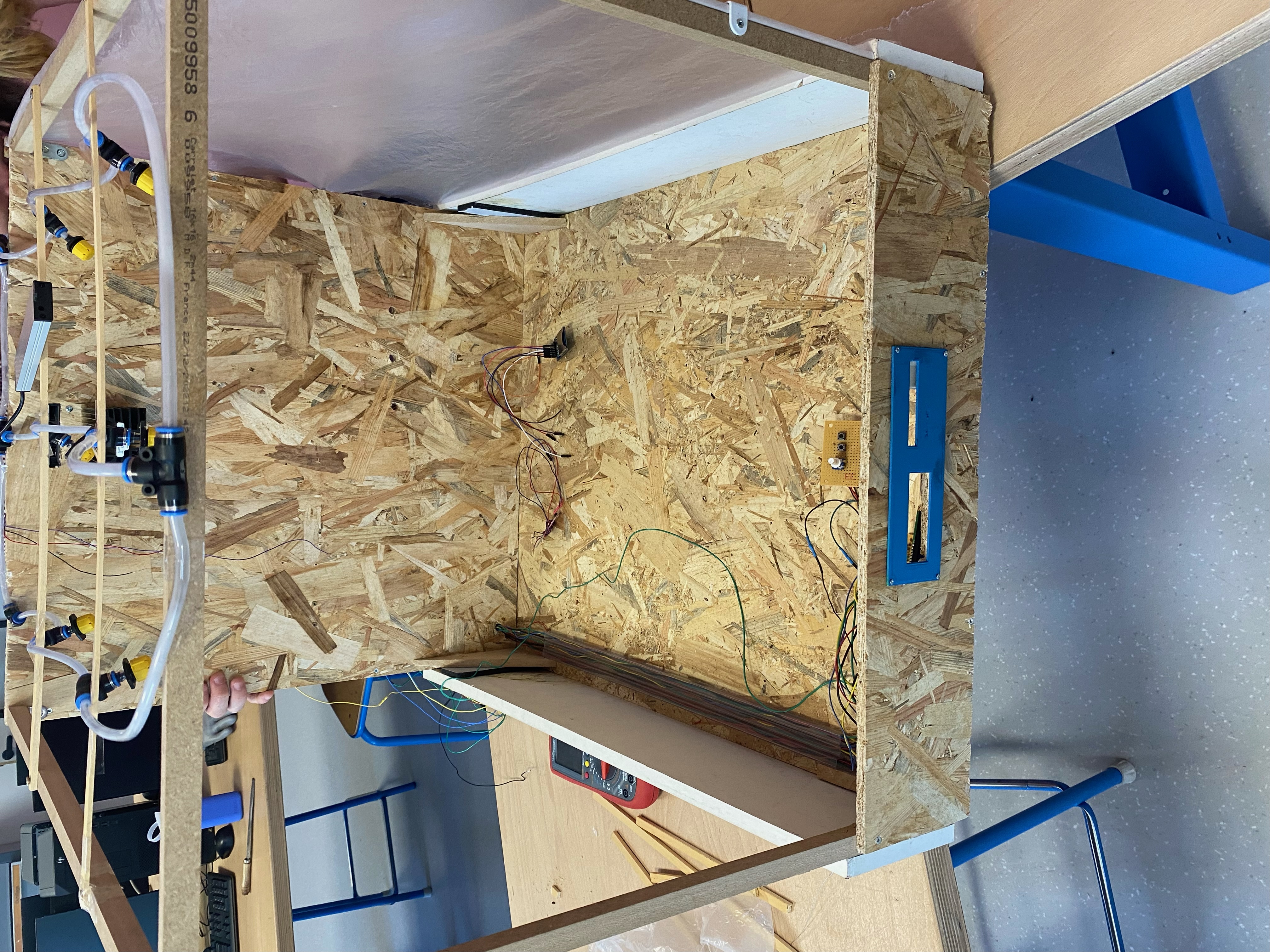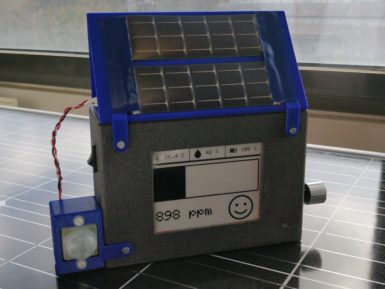
Arduino Nano Matter with headers
Sold outThe Arduino Nano Matter with headers stems from a partnership between Arduino and Silicon Labs® to make Matter®, one of the most popular IoT connectivity standards for smart home devices, accessible to all.
Overview
Nano Matter merges Arduino’s signature ease of use with with the powerful Silicon Labs® MGM240S, wrapping the best of two worlds into one of the smallest form factors currently on the market. Experimenting with Matter-compatible devices has never been easier!
With Nano Matter, makers – at all levels of expertise – can leverage the popular Matter IoT connectivity standard to build interactive solutions, upgrade previous Nano-based projects to fully function as smart home devices, and even experiment with protocols like Zigbee® and OpenThread.
Key benefits include:
- Matter-ready for quick prototyping, thanks to hardware support and a user-friendly software layer.
- Based on the MGM240SD22VNA from Silicon Labs, a 32-bit Arm® Cortex®-M33.
- Secure Vault™ technology: enjoy industry-leading, state-of-the art security from Silicon Labs against escalating IoT threats.
- Multiprotocol connectivity enables 802.15.4 (Thread) and Bluetooth® Low Energy
- Nano-family compact size and pinout.
- Debugging over USB via SWD interface: no external debugging probe needed!
- Low energy consumption, designed for battery powered IoT devices.
Need Help?
Check the Arduino Forum for questions about the Arduino Language or how to make your own Projects with Arduino. If you need any help with your product, please contact the official Arduino User Support through our Contact us page.
 The Matter Color Light will be the only officially Matter-certified profile for the Nano Matter. Currently under certification.
The Matter Color Light will be the only officially Matter-certified profile for the Nano Matter. Currently under certification.
Tech specs
| Microcontroller |
MGM240SD22VNA: 32-bit ARM Cortex®-M33 with DSP instruction and FPU |
Interfaces | I2C SPI UART PWM Digital I/Os ADC (up to 16 bit) DAC |
| Memory |
1536 kB Flash |
Security | Secure Vault® High |
| USB | 1x USB-C connector | Extra | RGB LED User push-buttons |
| Connectivity |
802.15.4 Thread® Bluetooth® Low Energy 5.3 and Bluetooth® Mesh Matter-ready Smart Home Connectivity |
I/O Voltage | 3.3V |
| Antenna | On-board 2.4GHz | Input Voltage (nominal) | 5V |
| Clock Speed | 78 MHZ | Dimensions | 18 mm x 45 mm |
Resources for Safety and Products
Manufacturer Information
The production information includes the address and related details of the product manufacturer.
Arduino S.r.l.
Via Andrea Appiani, 25
Monza, MB, IT, 20900
https://www.arduino.cc/
Responsible Person in the EU
An EU-based economic operator who ensures the product's compliance with the required regulations.
Arduino S.r.l.
Via Andrea Appiani, 25
Monza, MB, IT, 20900
Phone: +39 0113157477
Email: support@arduino.cc
Documentation
Learn more
Get Inspired

Just a simple and enjoyable autonomous greenhouse

Humans are animals and like all animals, we evolved in mostly outdoor conditions where the air is nice and fresh. But modern society keeps most of us indoors the vast majority of the time, which could have negative health effects. There are many potential hazards, including a lack of sunlight and psychological effects, but CO2 may pose a more tangible risk. To keep tabs on that risk within classrooms, a team from Polytech Sorbonne built this small CO2 monitor. This CO2 monitor performs two functions: it shows anyone nearby the CO2 levels in the area and it uploads that data over LoRaWAN to a central hub that can track the levels across many locations. A school could, for example, put one of these CO2 monitors in every classroom. An administrator could then see the CO2 levels in every room in real time, along with historical records. That would alert them to immediate dangers and to long term trends. At the heart of this CO2 monitor is an Arduino MKR WAN 1310 development board, which has built-in LoRa® connectivity. It uses a Seeed Studio Grove CO2, temperature, and humidity sensor to monitor local conditions. To keep power consumption to a minimum, the data displays on an e-ink screen and an Adafruit TPL5110 timer only wakes the device up every ten minutes for an update. Power comes from a lithium-ion battery pack, with a DFRobot solar charger topping up the juice. It uploads data through The Things Network to a PlatformIO web interface. An Edge Impulse machine learning model detects anomalies, so it can sound a warning even if nobody is watching. The enclosure is 3D-printable.










